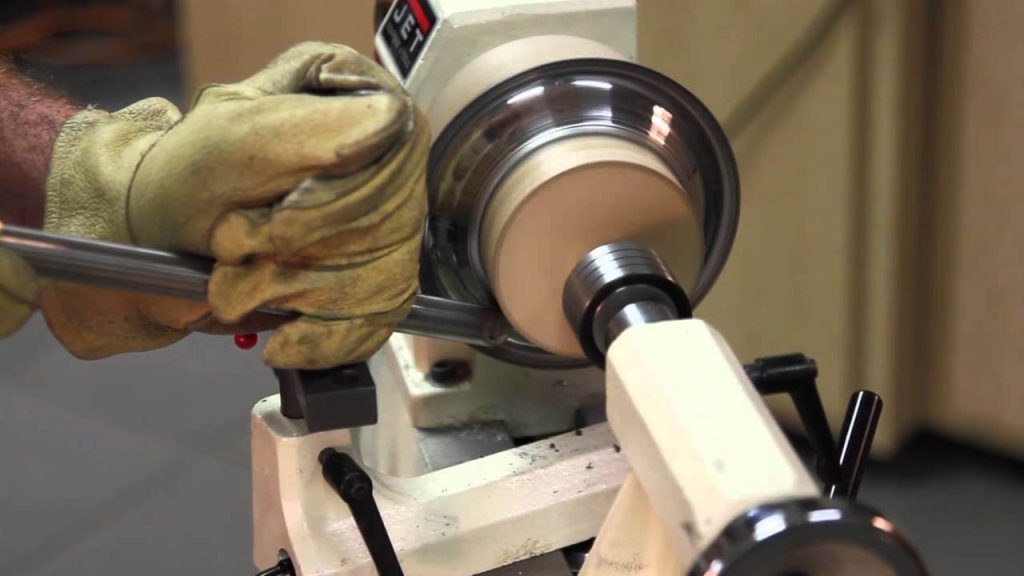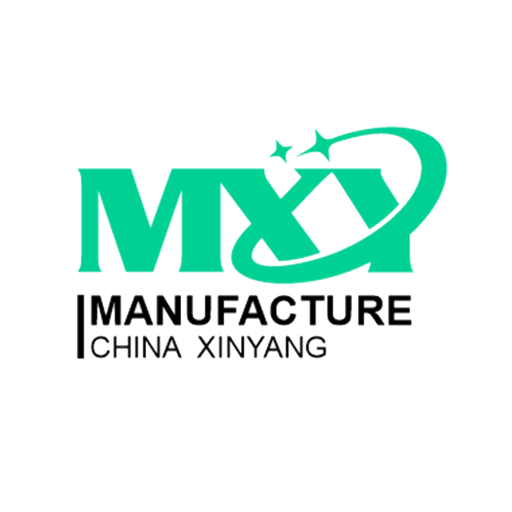Because thin sheets of metal are more malleable than a thick workpiece, they can be manipulated using different processes.
These processes fall into three general categories:
- Material removal
In which the sheet metal is cut in various ways
- Material deformation
In which the sheet metal is bent or formed
- Material assembly
In which the sheet metal is joined to other components
Sheet metal fabrication Processes We Are Offering
1.Material Removal
Sheet metal fabrication uses material removal processes to remove, cut and puncture the metal stock.
LASER CUTTING

- Part accuracies of better than 0.002 inches (0.05 mm)
- Kerf widths of 0.006 inches (0.15 mm) to 0.015 inches (0.38 mm)
- Material versatility
Laser cutting involves the utilization of a laser to precisely cut sheet metal components. By focusing a high-power laser onto the sheet and enhancing its intensity through a lens or mirror, a concentrated spot is formed. In the context of sheet metal fabrication, the laser’s focal length typically ranges from 1.5 to 3 inches (38 to 76 millimeters), while the diameter of the laser spot measures approximately 0.001 inches (0.025 mm).
Laser cutting surpasses certain cutting methods in terms of precision and energy efficiency, although it is incapable of cutting through all types of sheet metal or extremely thick gauges.
WATER JET CUTTING

- Part accuracies of better than 0.002 inches (0.05 mm)
- Kerf widths of 0.006 inches (0.15 mm) to 0.015 inches (0.38 mm)
- Material versatility
A high-pressure water jet is employed to penetrate the sheet metal in a water jet cutter. In cases where the metal is not particularly thin, an abrasive substance is added to the water to effectively cut through the solid material.
Water jet cutting is advantageous for metals with a low melting point as it does not produce heat like laser or plasma cutting. This method allows for cutting without altering the intrinsic properties of the metal, thanks to the absence of a heat-affected zone (HAZ).
PLASMA CUTTING

- Part accuracies of better than 0.008 inches (0.2 mm))
- High cutting speed, e.g. 200 inches (5.08 meters) of 16-gauge mild steel per minute
- Material versatility
A high-pressure water jet is employed to penetrate the sheet metal in a water jet cutter. In cases where the metal is not particularly thin, an abrasive substance is added to the water to effectively cut through the solid material.
Thick sheet metal, with a thickness of up to 0.25 inches, proves to be highly suitable for plasma cutting due to the superior power of computer-controlled plasma cutters compared to laser or water jet cutters. Remarkably, numerous plasma cutting machines can effectively slice through workpieces as thick as 6 inches (150 mm). Nevertheless, it is important to note that the precision of the plasma cutting process is relatively lower when compared to laser cutting or water jet cutting techniques.
PUNCHING

Using a specific punching machine is generally more efficient than alternative cutting techniques for piercing holes in sheet metal. This procedure involves positioning the sheet between a punch and a die; as the punch passes through the die, it forms a hole in the sheet. Moreover, this approach can be employed to produce non-uniform shapes by carrying out numerous small punches consecutively.
Sheet metals can typically undergo punching, although it is advisable for the diameter of a circular hole to be greater than the thickness of the selected metal.
2.Material Deformation
Sheet metal can be manipulated in other ways besides cutting. For example, it can be bent into different shapes using special machinery.
BENDING

Sheet metal bending is utilized to form V-shape, U-shape, and channel shape bends with the help of a machine known as a brake. While many brakes are capable of bending sheet metal up to 120 degrees, the maximum bending force is influenced by variables like metal thickness and tensile strength.
Typically, sheet metal needs to be initially over-bent as it tends to partially spring back towards its original position.
STAMPING

Stamping is a deformation technique employed to shape sheet metal into a specific form. This method involves the use of a stamping die, which can be either mechanical or hydraulic, to mold the sheet metal into its desired shape.
tamping is a technique employed on cold sheet metal, whereby the friction induced by the die results in the metal heating up to elevated temperatures. Various individual stamping procedures encompass, but are not restricted to…
- Coining,:in which a pattern is pressed onto the sheet metal part
- Curling: in which the sheet metal is deformed into a tubular shape
- Hemming:in which sheet metal is folded on itself for extra thickness
- Ironing:in which the sheet metal part is reduced in thickness
SPINNING

Sheet metal spinning is a forming technique that bears resemblance to the process of pottery spinning. It is employed to fabricate hollow components with curved characteristics.
The process of spinning entails the manual or mechanical rotation of a sheet metal blank on a lathe while pressing it against a tool to form the interior shape of the part. This technique can be utilized to produce shapes such as hemispheres, cones, and cylinders.
3.Material Assembly
Pieces of sheet metal that have been cut or bent can be joined together to form complete sheet metal parts. These pieces can also be joined to components that are not made from sheet metal.
ASSEMBLY

A product may be designed so that several sheet metal parts can be fitted together with joints, screws or other common methods.
This usually comes after the parts have undergone any required finishing processes.
WELDING
Sheet metal parts sometimes need to be joined together using the process of welding, which fuses components together with heat.
Sheet metal materials like aluminium and stainless steel have high weldability.



